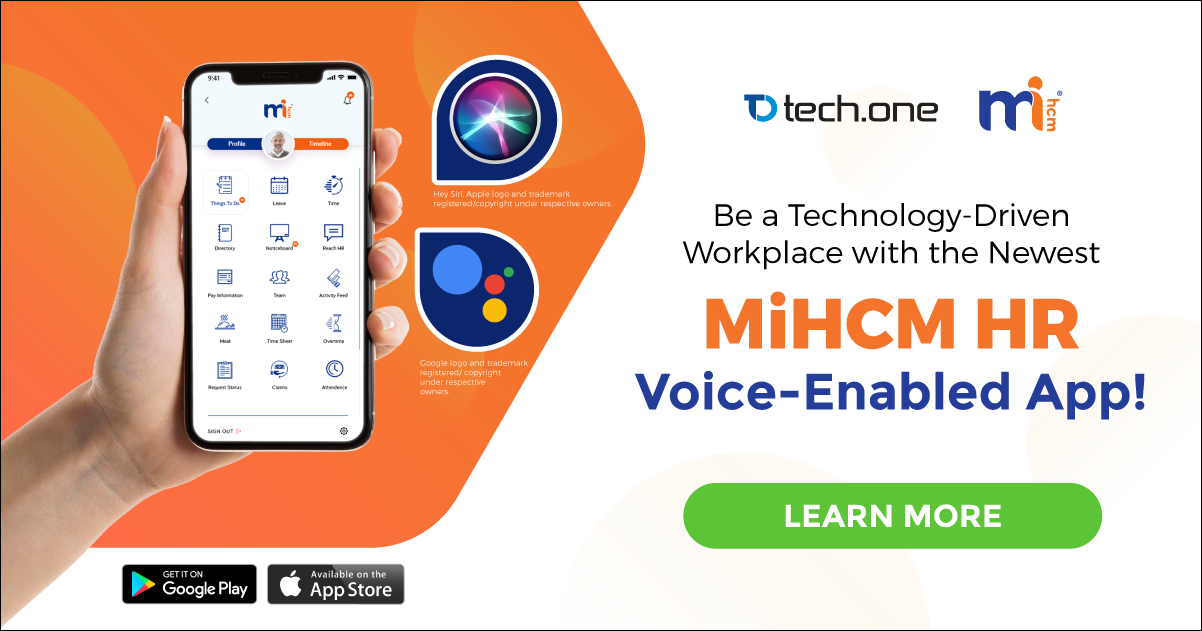
In choosing the right tool for workplace collaboration, picking from these top workplace selections: G Suite, Office 365, and Zimbra, can be quite daunting without the proper information and resources.
Here’s your cheat sheet to start your evaluation process:
G Suite: Features
G Suite is one swiss army knife of office tools that banks on heavily on cloud-based functions and mobility. Putting premier to a more of a cloud-based approach, it compresses 4 major office productivity functions:
Connect – the professional email comes with tight integration with Hangouts, its very own chat and video conferencing platform, along with smart scheduling via Calendar and intra-organizational social hub called Currents.
Create – its set of conventional office tools: Google Docs, Sheet, Forms, Slides, and Keep includes Sites, a website creation platform and App Maker, an application creation tool, for catering and maximizing the innovation that can happen in every workstation or handheld device.
Access – Google Drive is its cloud storage platform that backs up all its tools and has a storage space size ranging from 30GB to unlimited. File access also made easier through Google Cloud Search as it allows quick sifting of stored files in an organization.
Control – G Suite has three major functionalities to regulate data access and sharing: Admin for user, device, and security management; Vault for data search, archiving, and export; and Mobile for mobile device security.
Security
G Suite operates with a vast network of data centers, allowing it to detect and neutralize security threats as quickly as possible, making it as its strongest nature. With full encryption for both stored and in transit data, paired with a sharp machine learning technology, it is easy for its mechanisms to work around against appalling threats and establish threat prevention. Nothing to worry for security compliance record as it is very keen in observing the best practices for security and has passed the essential ISO certifications and GDPR standards. See more if its security features here.
Pricing
G Suite’s pricing varies per region and per package:
| Package | Price | Inclusions |
| Basic | 6USD/user/monthPromo price: 4.20USD/user/month | You can check the full inclusions here |
| Business | 12USD/user/monthPromo price: 10.20USD/user/month | |
| Enterprise | 25USD/user/month |
In case users aren’t yet decided which package to get, G Suite offers a 14-day trial.
This type of feature set makes it a top choice for businesses that want to have their operations rely on the cloud as it doesn’t require much local installations for office tools. It also integrates with other 380 productivity tools that are already used in businesses.
Pros:
- Strong browser-based/online approach for collaboration and data storage
- Sturdy security features for threat detection
- Allows basic website and app creation for paid version
Cons:
- Weaker approach to desktop functionalities
- Lesser integrations for office tools compared to Office 365
- Security focuses more on threat detection
Office 365: Features
Office 365 is one testament of a legacy that keeps on improving as workplaces evolve. Tracing back to its older versions that served generations of workplaces, this current take of Microsoft to the present workplace climate clearly establishes it is a must-have for any business aiming for innovative and bolder approach to a modern workplace.
It clearly values three main aspects of a digitally transformed office environment:
Productivity – Unlike most of the productivity suites available in the market, Office 365 has been consistent and still pushes the boundaries of productivity. Along with the supercharged versions of Word, Excel, PowerPoint, and many others is the capability to do seamless file sharing and co-authoring wherever you are in the planet. Thanks to harnessed power of cloud technology, remote productivity is possible.
And while other productivity suites gear toward the installation-less approach, Office 365 keeps it true to its roots as it still supports local versions, compatible across devices and operating systems. It also never overlooked browser-based/online collaboration as online versions of its tools work as good as the desktop versions. No wonder why it is still one of the key players in driving office productivity. Other license types allow for installation to up to five devices per user.
Connectivity – This is probably one of the strongest points that Office 365 has to offer to modern businesses. Aside from a secured business email (Outlook) for email exchanges and appointment scheduling, it comes with a powerful platform that ties in communication and collaboration in one, the Microsoft Teams.
Microsoft Teams is the unique Office 365 feature that massively disrupts conventional collaboration. Gone are the days of multiple apps and switching windows for chatting, video conferencing, collaboration, co-authoring, task delegation, and other essential tasks as they can now be done in one robust platform.
Best thing about it is that it can work on desktop, tablets, and mobile devices and can do the work of a simple messaging app up to a heavy webinar platform. This feature truly empowers all modes of collaboration without losing the classic touch of office tools.
Back up, Security, and Compliance – Office 365 seals the deal with tight backend cloud storage platforms for access and storage: OneDrive for personal use and SharePoint for organizational access. These storage spaces are fashioned to be compliant to international security standards and runs smoothly with the world’s most compliant cloud platform, Microsoft Azure.
Security
Office 365 leans more towards keeping data privacy at its peak for its users. For emails, it has the Exchange Online Advanced Threat Protection (ATP) which allows it to filter out the most advanced spam and threats happening in the rallies of emails. This also comes with multiple layers of encryption to safeguard the data, both in rest and in transit. Backup is also secured through data redundancy across multiple datacenters across the globe.
Compliance-wise, it has passed way more security standards compared to G Suite and has complied even to region-specific regulations. In terms of control, administrators have the full responsibilities to implement security protocols according to an organization’s need. You can also see the specific security & compliance features to specific Office 365 variants here.
Pricing
Office 365 has also a dynamic pricing per package:
| Package | Price | Inclusions |
| Office 365 Business Essentials | 2.50USD/user/month(annual commitment) | You can check the full inclusions here |
| Office 365 Business | 8.25USD/user/month(annual commitment) | |
| Office 365 Business Premium | 10USD/user/month(annual commitment) | |
| Office 365 EnterprisePro Plus | 12USD/user/month(annual commitment) | You can check the full inclusions here |
| Office 365 EnterpriseE1 | 8USD/user/month(annual commitment) | |
| Office 365 EnterpriseE3 | 20USD/user/month(annual commitment) | |
| Office 365 EnterpriseE5 | 35USD/user/month(annual commitment) |
You can also check out Microsoft 365, an all-in-one productivity bundle that features Windows 10, Office 365, and Enterprise Mobility & Security (EMS). See its full features and pricing here.
Office 365 is simply a remarkable productivity suite that keeps on improving its office tools while disrupting the conventional workplace scenario. This is the go-to tool for businesses that would like to have secure and excellent desktop and browser-based collaboration across the board—the best of both worlds. This is also best for organizations that needs integrations for their other tools such as CRMs, accounting systems, HR portals, and others as it seamlessly integrates with 590 applications.
Pros:
- Strong browser-based and desktop approach for collaboration and data storage
- Has the ease-of-use of the classic office tools with more functions for backup and co-authoring
- More integration opportunities compared to G Suite
- Has holistic security approach on threat detection and protection for both online and desktop apps/files/data.
- Regular security and feature updates
- Stricter security protocols for emails, log ins, and accesses that can be set by the system admin
Cons:
- Data privacy, control, and system updates should be raised directly to Microsoft and not via the system admin
Zimbra: Features
When it comes to open source messaging and collaboration, Zimbra is among the top brands to consider. This productivity suite prides itself of its fluidity as it smoothly runs and integrates with various operating systems, devices, and even competing tools without putting data security on the line.
It simplifies the complexities of a typical productivity suite with these features:
Zimbra Connect – Without a doubt, Zimbra has established a well-rounded set of communication tools without the risk of overkilling collaboration. It is a tight and simple productivity suite that runs the essentials of collaboration such as chat, video conferencing, and file sharing. This is for those who are not into intricate user experience and wants the job done right off the bat.
Zimbra Drive – This is also known as Zimbra Briefcase as it allows you to store, share, and manage files via your user account. This functions as an accessible cloud storage that automatically syncs with Zimbra Docs.
Zimbra Docs – To make it a complete productivity platform, Zimbra included easy-to-use content creation tools: Zimbra Writer for word files, Zimbra Calc for spreadsheets, and Zimbra Impress for presentations. The best thing about these tools is that they are compatible with your typical file formats from other productivity suites such as docx, xls, pptx and more without the need of software installation.
Zimbra is the epitome of having less is more for upfront productivity. Sticking with the essentials of a productivity suite, this is highly recommended for users that do not require extra collaboration functionalities and simply want to get on finishing tasks.
Security
Staying true to its minimalist approach, Zimbra is down with the essentials up to its security approaches and primarily established robust email protection approaches. It primarily uses layers of data encryption and comes with real-time email data backup that works on any supported operating system. The cloud-based backup feature can be tailored to organizational needs and at the same time assures disaster proofing. Add to this is its strong email spam screening through Zimba Postscreen, a two-factor authentication for mailboxes and a whole lot more. See more of its security features here.
Pricing
Zimbra generally comes for free but also offers two major paid versions:
| Package | Price | Inclusions |
| Zimbra Collaboration On-Premises | Upon quotation | You can check the full inclusions here |
| Zimbra Collaboration Consumer Service Providers | Upon quotation |
Zimbra is undeniably the non-complex approach to productivity. With its spot-on communication essentials paired with cloud-based storage, user-friendly office tools, and integration with 8 other applications, it is the top pick for businesses who wants a simpler and direct approach to collaboration.
Pros:
- Has all the essentials of a productivity suite (email, office tools, backup)
- Easier management
- Can run common document types such as docx, xls, pptx and others
- Pricing is tailor-fitted to your needs
Cons:
- Limited integrations
- Limited features for free subscriptions
Which one to choose?
These three productivity suites undeniably have a tight collaboration features for competitive pricing. It will always boil down to your preferences as a business. But in terms of business continuity, data privacy and not just mere threat protection, price point, and ease of use, Office 365 is the best pick for organizations of all types. It simply has all the features of an excellent productivity suite to help you move smoothly to a modern workplace.
Experience Office 365 in your office! Talk to us.







